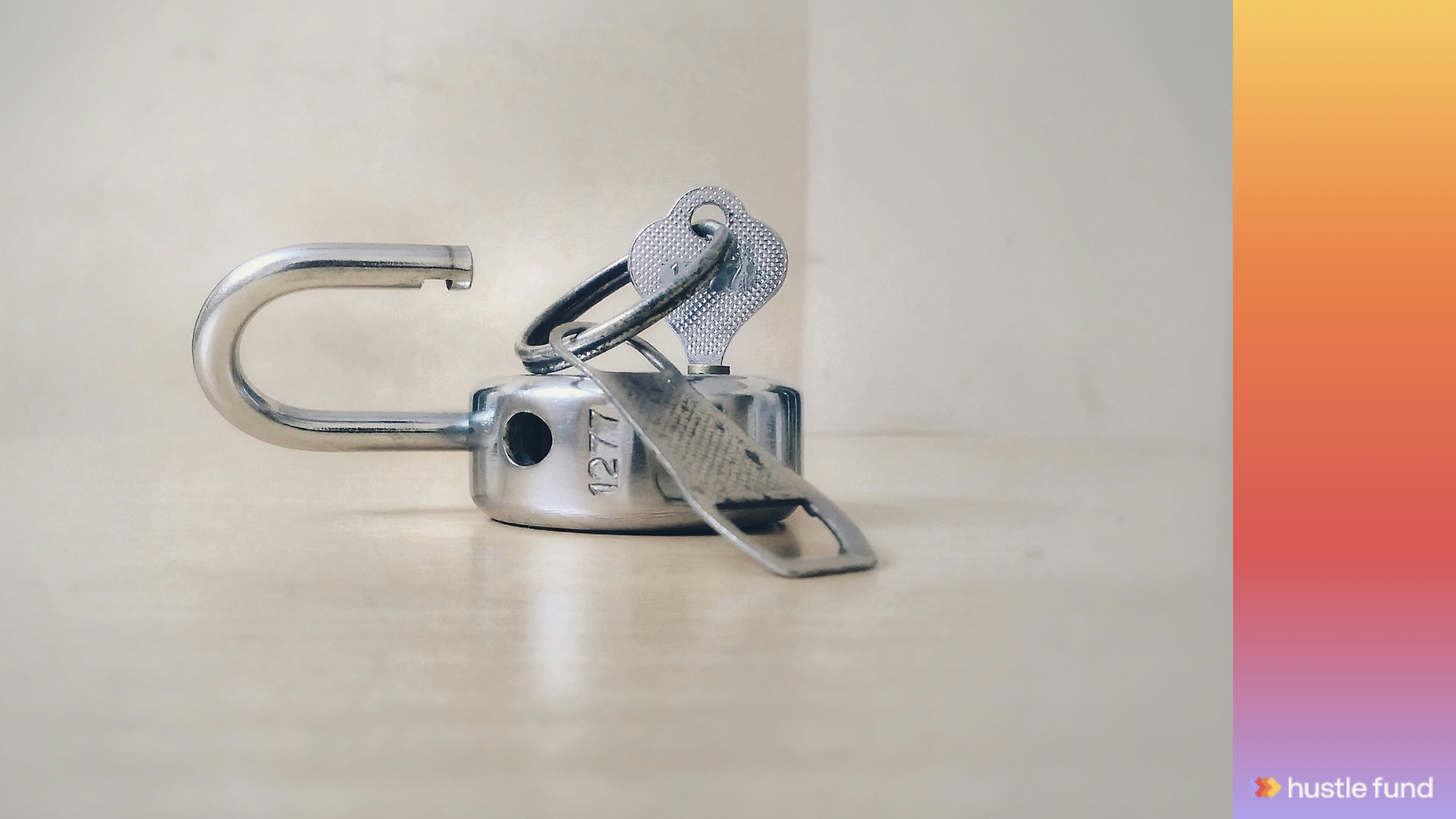Navigating the ups and downs of enterprise SaaS investment
.png)
Brian Nichols is the co-founder of Angel Squad, a community where you’ll learn how to angel invest and get a chance to invest as little as $1k into Hustle Fund's top performing early-stage startups
Investing in enterprise Software as a Service (SaaS) can be a wild ride. There’s potential for big returns and top-tier clients, but getting there? That's the tricky part.
Let's dive into the ups and downs of putting your money into enterprise SaaS, and see what kind of adventures (and misadventures) await.
The trials and temptations of big contracts
Enterprise SaaS is a treasure chest. Landing a deal with a Fortune 1000 company can be a total game-changer, but the path to that treasure is long and only for the resilient.
"One of my criteria for even considering an enterprise SaaS deal," an investor explains, "is that the founder must be able to eat glass for at least three years and be super lean with the burn rate."
Translation? You need grit, frugality, and retention right from the start.
Enterprise contracts can take forever to nail down, and until then, the cash flow might be a trickle. Without solid sales figures, convincing investors to part with their money is tough. Founders need to buckle down and make do with limited resources while chasing those elusive deals.
Baby steps to big wins
Before an enterprise SaaS company hits the jackpot with a major enterprise contract, it'll likely go through smaller, trial-run deals known as paid pilots or design partnerships. These are critical baby steps.
As the investor notes, "A large company may choose to work with you and pay you a little bit of money. They should be pretty quick to procure, like maybe three months, maybe six months."
These pilots are golden opportunities for feedback and validation. But turning them into full-blown contracts? That takes smart planning. It's important for the founder to set clear success criteria from the get-go, outlining expected results, key milestones, and potential contract values.
The long road requires an early start
Scoring a major enterprise contract is a marathon, not a sprint. We're talking two years or more. To stay on track, those pilot projects need to start within the first six months.
"You’re looking at trying to get your pilots within the first six months of your company," the investor advises, "because you’re going to need those first six months to start filling your pipeline."
The magic of founder-led sales
Investors in enterprise SaaS should also look at the founder’s role in sales.
In the beginning, it's all about the founders hustling to make sales. They know the product inside out and can best pitch it to potential clients.
"Founders can get to one to two million in ARR with founder-led sales without anyone else," says the investor, underscoring the importance of founder involvement in early sales.
Once the founder has got a solid sales playbook, it’s time to hand it over to the pros, usually around the Series A funding stage. A seasoned sales team can then focus on closing deals efficiently.
Retention: the secret sauce to growth
Prospective SaaS investors also need to look at the company's retention situation. Retention is the lifeblood of sustainable growth in enterprise SaaS. Without it, even the best customer acquisition strategies fall flat.
"Founders should have a good sense of what’s working through your retention rates within the first couple of years," the investor notes.
Investors should watch out for high churn rates which could signal product or customer satisfaction issues. Keep an eye on how different customer groups perform over time. Each new cohort should show better retention and engagement as you fine-tune your product and strategies. This not only builds investor confidence but also sets the stage for scalable growth.
Balancing the thrills and risks
Investing in enterprise SaaS is all about balancing opportunities with risks. There are standard benchmarks and practices, but each company also faces its own unique hurdles.
The investor concludes, "There is a cookie-cutter rule book that a lot of SaaS companies follow, but at the same time, it also means that you’re going to be benchmarked against other SaaS companies on these criteria."
The potential rewards are huge in enterprise SaaS, but so are the demands for perseverance, strategic planning, and constant improvement. Navigating this challenging landscape reflects the hard work and strategic thinking of both founders and investors.
Happy adventuring!
Elizabeth
This article was written by Elizabeth Yin, our Co-Founder, General Partner, and lead hippo enthusiast at Hustle Fund.













